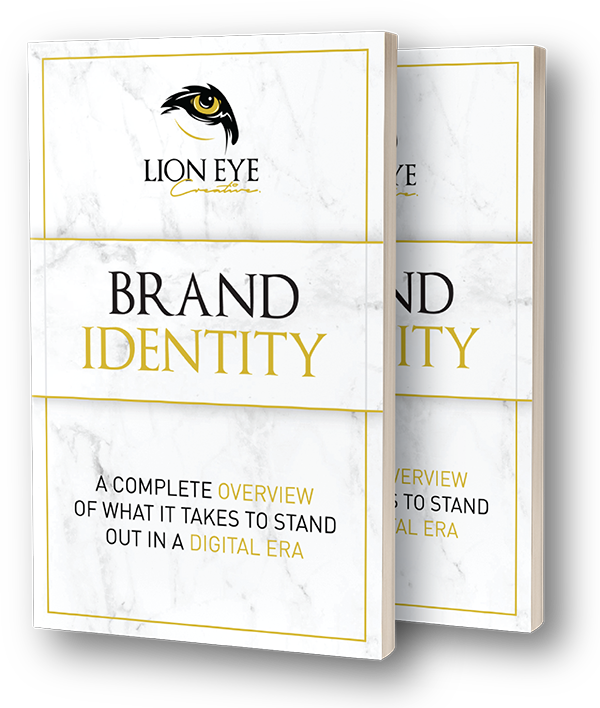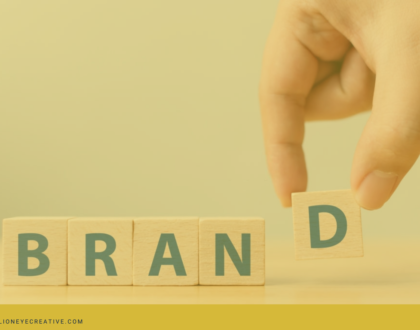
the different phases of brand development
One of the most valuable assets a company could have is a brand that is recognizable, loved, and trusted. According to a survey conducted by Nielson, about 59% of consumers prefer to purchase their products from brands that are familiar to them.
Brand development is crucially important for small businesses competing with huge brands that have loyal customers and have more than enough marketing budget. Therefore, finding effective ways to differentiate your brand using a solid branding process is essential for your business’s success.
What is brand development?
Brand development is to generate awareness about your business through the use of different digital marketing campaigns and strategies. The main goal of brand development is to create a unique, trusting, and lasting image for your business in the market.
There are different digital marketing elements that amplify your brand’s image, such as:
- User experience (EX)
- SEO and content marketing
- Email marketing
- Social media marketing
- Pay-Per-Click advertising (PPC)
These elements are significant in gaining brand awareness and growth for your business.
Now, let’s discuss the different phases of brand development
1. Determining your brand’s target audience
Determining your brand’s target audience is considered as the foundation of brand development. It is wise to keep in mind the people you are trying to reach because this will help you tailor your message and mission to meet what they need and want.
Being specific is the key — and knowing the detailed behavior and lifestyle of your audience and customers are essential.
Demographics is important in brand development, information such as gender, age, profession, income, and location would give you a good picture of your customers — this information would help you come up with a brand that they can understand and relate to.
2. Creating your brand’s mission statement
Your brand’s mission statement should be a clear representation and expression of what your business is passionate about. It’s like asking yourself this: “What’s the reason why you get up every single day?” — This can help you come up with a concise mission statement.
Ask yourself about what your business brings to your customer’s tables? What is the value of your business to them? Once you have the answers to these questions, you can come up with a mission statement that can build trust.
Basically, your brand’s mission statement defines the purpose of why you built your business. Everything from your company logo, message, voice, tone, taglines, and personality should reflect that mission. Most of the time, when people ask what your business does it can be answerable by your mission statement.
Keep in mind that it is highly important that you’re able to execute phase number one — determining your target audience, before creating your mission statement.
3. Outline the key qualities and the benefits your brand offers
Keep in mind that your brand’s products, services, qualities, and benefits belong solely to your business. Starting a brand that resonates can create a memorable experience for your audience and customers.
Focus on the qualities and benefits that make your brand unique from your competitors — give your audience the reason to choose your brand over others. Determine how you’ll provide value that can help improve your customers’ lives.
4. Creating a brand logo and tagline
In brand development, visual graphics are essential. This is a phase where you may be the one to come up with final decisions and executions. In addition, this phase is also considered to be one of the most exciting phases in brand development — creating a logo and tagline for your business is something personal and fulfilling.
Your brand logo and tagline would appear on everything that relates to your business — these elements will represent your identity.
5. Forming your brand’s voice
Your brand’s voice is dependent on your mission statement, audience, and industry. You will use your brand voice to connect and communicate with your customers and their responses would also depend on it.
Your brand voice is important in creating your content and social media posts. Keep in mind that maintaining a consistent voice will help your brand become more recognizable on different channels. Creating the right brand voice will increase your chance of connecting with your customers.
Conclusion
Audiences and customers develop a deeper connection and relationship with a brand that they can relate to and trust. Therefore, it is important that your brand development remains consistent and reliable. It is crucial that your brand reciprocates your audiences and customers’ emotional connection through your content, advertisements, and social media posts.
If you’d like to learn more about the different phases of brand development, you can download our Brand Identity ebook.

Are you looking for help in planning and executing your brand development? Talk to one of our brand identity specialists now!



